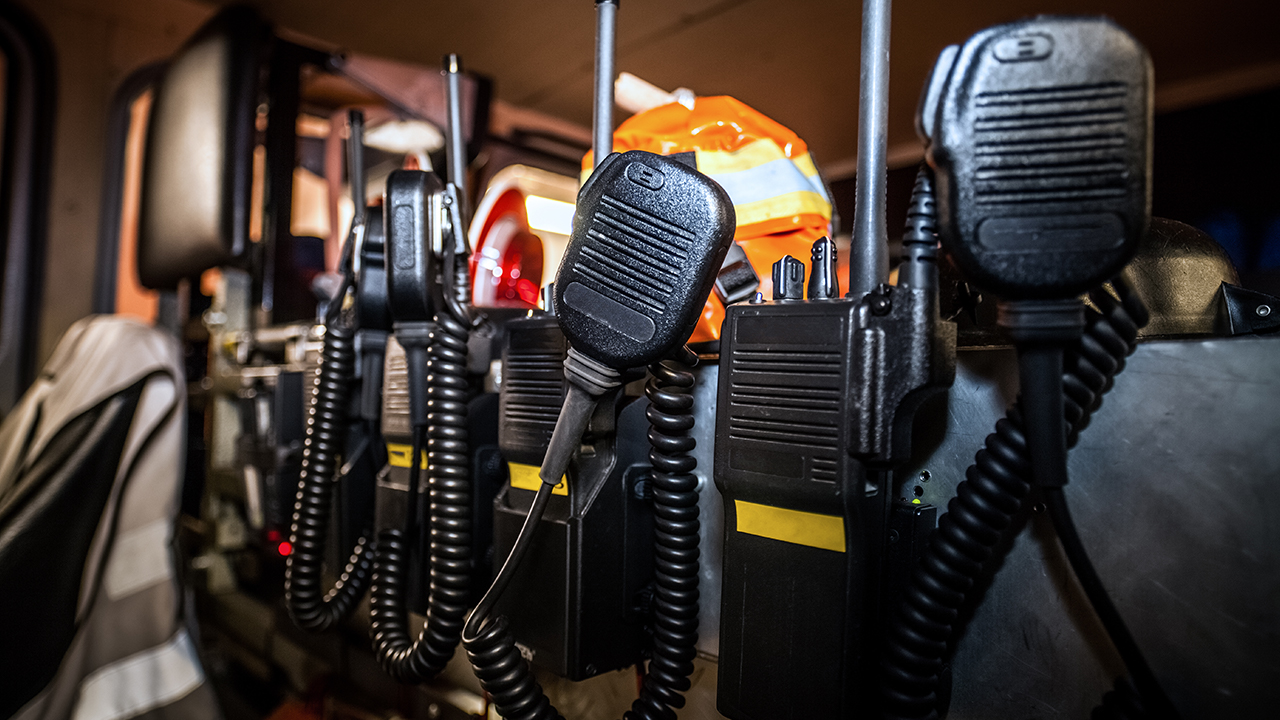Emergency Communications Systems
CCI’s emergency communications capabilities include code-based solutions to your Emergency Responder Radio Communications Systems (ERRCS) needs. CCI ensures minimum radio coverage compliance with ICC and NFPA Codes, as well as an objective approach to system design by only providing enhancement where required to ensure effective in-building communications capabilities for public safety personnel and the people they serve.
CCI thoroughly evaluates your emergency service communication needs to provide engineered solutions, while incorporating the essential elements of the enhancement system: the donor antenna; Bi-Directional Amplifier including coordinated location, power, and HVAC requirements; distributed antennas; vertical and horizontal cabling and installation requirements including pathway survivability; and fire and smoke rated sleeves.
CCI’s thorough coverage evaluation and attention to design detail minimizes costly and unnecessary installations in both existing structures and new construction projects.


Services
- Code Based Due Diligence
- Radio Coverage Surveys
- Predictive Radio Coverage Analysis
- Systems Evaluations and Peer Reviews
- Design and Installation Guidelines
- Engineering Documents
- Construction Phase Services
- Commissioning
Emergency Communications Systems
- Emergency Responder Radio Coverage (ERRC)
- Two-Way Radio Communications Enhancement Systems (RCES)
- Areas of Refuge Two-Way Communications Systems
- Elevator Two-Way Communications Systems
- Blue-Light Emergency and Muster Point Communications Systems
Expertise
- Signal Strength / DAQ
- Backbone Survivability
- DAS (Distributed Antenna Systems)
- UHF / VHF Systems
- 700 / 800 MHz P25 Systems
- ARCS (NYC)
The CCI Advantage
Experienced A&E design industry RCDD professionals.
Licensed FCC GROL (General Radiotelephone Operator License).
Respectful of architectural aesthetics.
Practical design to system installation.
Collaborative team approach, ensuring a complete and thorough design.
Resourceful research and analyzation of solutions.
Lower overall system costs and reduced life cycle costs.
